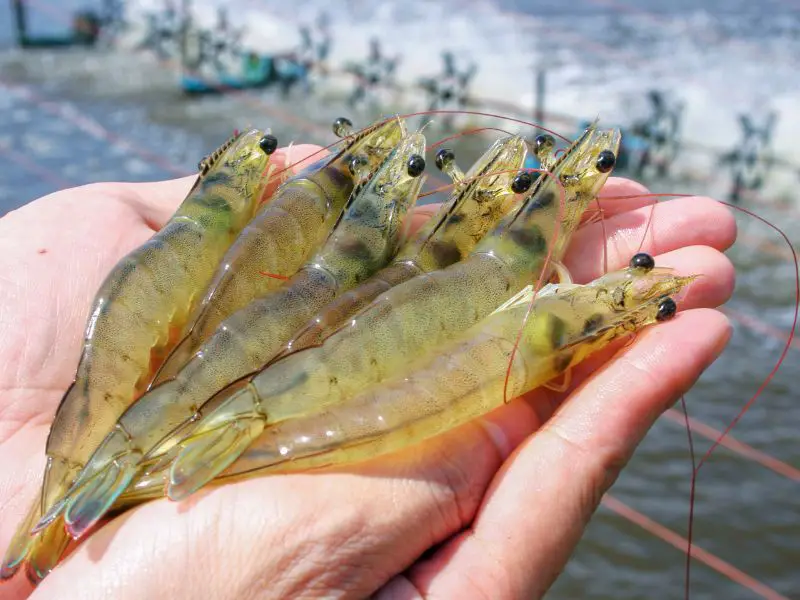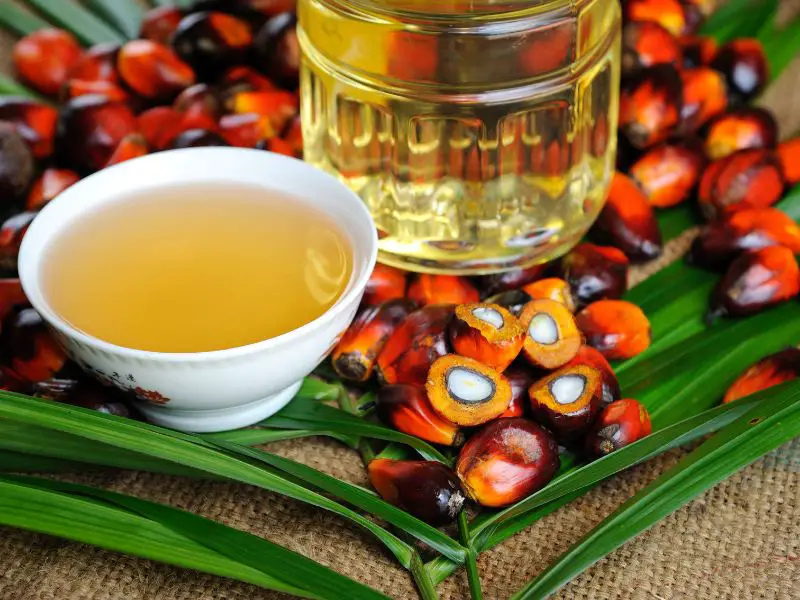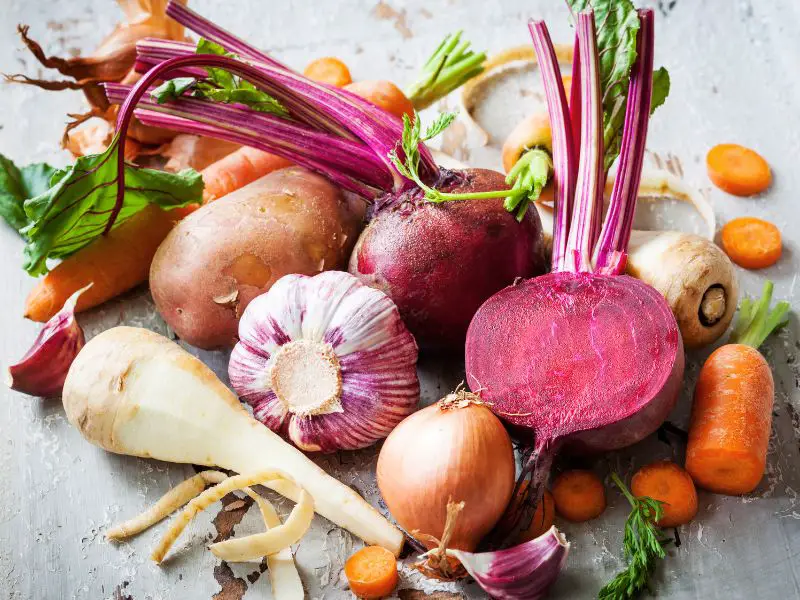Are you looking to reduce your carbon footprint? Are you curious about the products with the worst environmental impact? If so, then look no further! In this blog post, we’ll be discussing the products with the highest and least carbon footprint. So what are you waiting for – let’s get started!

Worst Carbon Footprint Products
1. Beef
Beef has the highest carbon footprint of any food, due to the high feed requirements and resources needed to raise and farm cattle. Meat, cheese, and eggs are all foods with a high carbon footprint, while fruit, vegetables, beans, and nuts are much lower. This is why it is important to be mindful of the carbon footprint of the food you buy and consume. It is also worth looking into more sustainable farming practices, such as grass-fed beef, which has a much lower environmental impact.
2. Cheese and Butter
Cheese and butter are not far behind in terms of their carbon footprints. According to the Food and Agriculture Organization of the United Nations, the production of cheese and butter accounted for nearly 17 percent of total food-related emissions in 2017. This is due to the large amounts of energy and resources needed to produce these dairy products, including the production of feed for cows, as well as the methane emissions from their digestive systems.
In addition, cheese and butter require a lot of packaging and transportation, further adding to their environmental impact. To reduce their carbon footprint, it is best to look for local, organic, and minimally-processed varieties whenever possible.

3. Chocolate
Chocolate has a surprisingly large carbon footprint. According to research, it can take up to 400 liters of water and 170g of CO2 to produce just 1 chocolate bar. This is because of the energy used to process cocoa into the product we love. The majority of cocoa is grown in West Africa, and the emissions from transport and processing are significant. To minimize your carbon footprint, buy chocolate from companies that use sustainably-sourced cocoa and practice responsible farming methods.
4. Farmed Shrimp
Farmed shrimp is another food product with a large carbon footprint. It is estimated that farmed shrimp production contributes to 1.25 metric tons of CO2 emissions per ton of shrimp produced. This is due to the intensive farming practices employed to grow shrimp, such as the use of fertilizers, pesticides, and energy-intensive feed. Furthermore, the transportation of farmed shrimp from production sites to consumers also adds to its carbon footprint. As such, consuming farmed shrimp should be done in moderation, or avoided altogether if possible.

5. Coffee
Coffee has a large carbon footprint due to the production and transport of the beans. The production of coffee beans involves the use of fertilizers, pesticides, and herbicides, which have a significant environmental impact. Additionally, coffee is often shipped from far away places, which adds to its carbon footprint. Coffee production also contributes to deforestation, as coffee plantations are often established in areas with high biodiversity. To reduce the carbon footprint of coffee, consider purchasing locally grown coffee beans or those certified by an organization like FairTrade or Rainforest Alliance.
6. Palm Oil
Palm oil is another food product with a high carbon footprint. Producing palm oil requires large amounts of land and energy, making it one of the most carbon-intensive foods on the market. The massive deforestation that has taken place to make way for palm oil plantations has also led to a decrease in biodiversity and wildlife habitats. It is important to be aware of the environmental consequences of eating food products with a high carbon footprint and to look for sustainable and ethically sourced alternatives when possible.

7. Rice
Rice is the second-highest contributor to global carbon emissions, with an average of 2.7 kg of CO2 per kilogram consumed. This is primarily due to the large amounts of methane produced by its cultivation, as well as the water and energy used in the processing and transportation stages. Additionally, large areas of land are needed for rice cultivation, which further exacerbates the environmental damage caused by this crop. Rice production has a significant impact on global warming, and reducing the consumption of this rice could be beneficial for the environment.
Least Carbon Footprint Products
1. Nuts
Nuts are a great source of protein and also have a low carbon footprint. Nuts such as almonds, walnuts, cashews, and pistachios are all quite low in carbon emissions. In fact, research has shown that when compared to animal-based proteins, plant-based proteins such as nuts have the lowest carbon footprint. This means that if you are looking to reduce your carbon footprint, incorporating more nuts into your diet is a great way to do so. Nuts are also an excellent source of essential vitamins and minerals, so not only will you be helping the environment, but you will also be giving your body the nutrients it needs.
2. Citrus Fruits
Citrus fruits are another great way to reduce your carbon footprint. Lemons, limes, oranges, and grapefruit are all excellent sources of vitamin C and can be enjoyed year-round. Not only do citrus fruits have a low carbon footprint, but they are also packed with essential nutrients such as vitamin C, potassium, calcium, and magnesium. Citrus fruits are also a great source of dietary fiber and can help to reduce blood pressure and cholesterol levels. Eating citrus fruits regularly can be an effective way to reduce your carbon footprint while improving your overall health.
3. Apples
Apples are another great option for reducing your carbon footprint. Apples are one of the most popular fruits in the world, and they have a relatively low carbon footprint. Apples don’t require a lot of energy to grow, and they don’t need a lot of pesticides or fertilizers. Apples also require less water than some other fruits, making them an even better option for reducing your environmental impact. You can buy apples at any grocery store or farmers’ market, and you can even grow them yourself in your own backyard.
4. Root Vegetables
Root vegetables are another great option if you’re looking to reduce your carbon footprint. Root vegetables such as carrots, turnips, and sweet potatoes are packed with nutrition, and they require very little energy to grow because they grow underground. They also require fewer resources such as water and fertilizer, making them one of the most sustainable produce options. Eating root vegetables is an excellent way to reduce your carbon footprint while still getting the nutrients your body needs.

5. Potatoes
Potatoes are another great source of low-carbon footprint food. Potatoes are a great source of carbohydrates, fiber, vitamin C, and vitamin B6. When choosing potatoes, opt for those with thinner skin such as Yukon Gold or Red Potatoes. This type of potato requires less energy and water to grow which results in a lower carbon footprint.
In addition to being an excellent source of nutrition, potatoes are also versatile and can be used in a variety of dishes from mashed potatoes to soups. Eating potatoes can be an easy way to reduce your carbon footprint without sacrificing flavor or nutrition.
6. Onions and Leeks
Onions and leeks are some of the most popular vegetables around the world, and they can also make a great contribution to reducing your carbon footprint. Not only do onions and leeks have a low carbon footprint, but they are also highly nutritious. Onions and leeks are an excellent source of vitamin C, dietary fiber, and potassium, making them a great addition to any meal. They are also incredibly versatile and can be cooked in a variety of different ways.

7. Bananas
Bananas are a great fruit to include in your diet to help reduce your carbon footprint. Bananas are a great source of potassium and fiber, and have a relatively low impact on the environment. Bananas are an excellent source of vitamin B6, vitamin C, and magnesium. They also contain high levels of antioxidants, which help to protect against free radicals. Bananas also help to keep your energy levels high throughout the day. Plus, they’re a great source of naturally sweet flavor and nutrition, which makes them a delicious addition to any diet.

Related: Sustainable Foods, 10 Most Powerful Superfoods, How to Reduce Food Waste
Bottomline
There are many foods you can eat that will reduce your environmental impact while also improving your overall health. By choosing more sustainable options when choosing what you eat, you can help to reduce the damage done to the environment by the food you eat every day. Plus, many of these foods are delicious and easy to incorporate into your diet so you can have a healthier body and a healthier planet at the same time!

